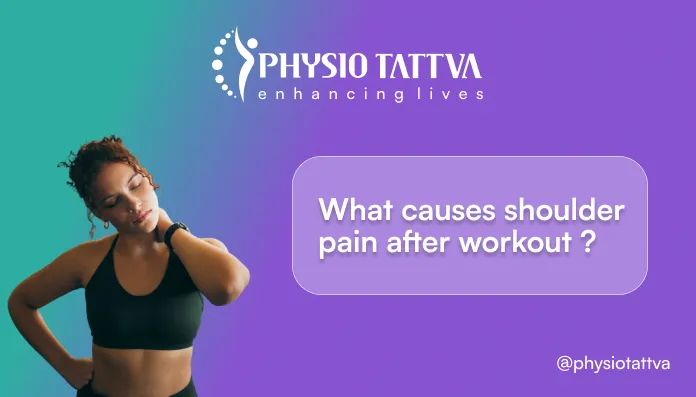Understanding Osteoporosis
Osteoporosis is a bone-weakening or brittle condition that increases the risk of developing fractures. This occurs due to a decrease in density, which makes them more porous, thus lowering their ability to withstand stressful forces applied to them.
These processes usually occur gradually and frequently remain asymptomatic until a fracture occurs. Knowing about osteoporosis and treatments like laser therapy for osteoporosis will help in early detection and management to maintain good bone health and prevent complications.
Common Symptoms of Osteoporosis
Common symptoms of osteoporosis include frequent fractures, back pain, and a loss of height over time. You might also notice a stooped posture or a decrease in bone density if you have regular bone density tests.
Many people don’t experience noticeable symptoms until a fracture happens, so regular check-ups are important for early detection and management. Laser therapy for Osteoporosis can be an effective way to manage pain and support bone health, especially in conjunction with other treatments aimed at preventing fractures.
Common Causes of Osteoporosis
Osteoporosis is a consequence of various factors, including aging, hormonal changes, and a lack of enough calcium and/or vitamin D. It commonly affects postmenopausal women due to the fall in estrogen, the most influential hormone that maintains bone mineral density. Other contributing factors include a sedentary lifestyle, smoking, high consumption of alcohol, and medications/medical conditions that affect bone health.
Types of Osteoporosis Treated by Laser Therapy
Laser therapy for osteoporosis can treat several types of the condition. It utilises different combinations of treatment modalities to provide safe and effective care.
Postmenopausal Osteoporosis
Postmenopausal Osteoporosis happens when estrogen levels drop after menopause, which can lead to bone loss and increase the risk of fracture. This can cause brittle bones, reduce mobility in some joints, and cause pain and discomfort when performing day-to-day tasks.
Laser therapy for Osteoporosis can help reduce pain and swelling as it increases blood flow to the area causing pain. This increase in blood flow reduces swelling and can restore function in the joint.
Senile Osteoporosis
Senile Osteoporosis occurs in older people, mainly those above 70 years of age, where the risk of bone density loss is high. Brittle bones and weak muscles increase the risk of spine, hip, and knee injuries due to stiffness and inflammation. Laser therapy for Osteoporosis can reduce inflammation and help retain mobility.
Steroid-induced Osteoporosis
Steroid-induced Osteoporosis develops when the bones grow too frail over time because of corticosteroid exposure. Corticosteroids are medications, like prednisone, that could depress the formation of bones and boost their rate of loss. This is usually a gradual process that normally results in fractures and low bone mass.
Monitoring of bone mass density is done with a reduction in the amount or stopping of steroid medication if possible. There are medications prescribed that lead to stronger bones, which would help reduce the threat of osteoporosis caused by steroids. If you are taking any steroids as a result of medication, you should have a bone density test regularly and a follow-up consultation with your doctor.
Along with these treatments, laser therapy for Osteoporosis can help in managing symptoms by improving blood flow and reducing inflammation, promoting bone health.
Secondary Osteoporosis
The remaining cases of osteoporosis are known as secondary osteoporosis and are caused by other medical conditions or medications. Diseases like rheumatoid arthritis, a hyperactive thyroid gland, and chronic kidney disease can cause bone loss.
So can some medications, especially when taken long-term, such as anti-seizure drugs, for example, and some treatments for cancer. In cases where osteoporosis overlaps with joint degeneration, laser treatment for osteoarthritis may also be beneficial, particularly for pain management in affected joints.
How Laser Therapy Works for Osteoporosis?
Laser therapy for Osteoporosis uses the technique of absorption of the energy of light within the tissue to alter cellular activity. The effect of therapy is to promote bone healing and suppress inflammation.
It also stimulates increased blood circulation and cell growth, which enhances bone health. While laser therapy for Osteoporosis cannot provide a cure on its own, it helps in reducing pain and supports other treatments.
Stimulation of Bone Cells
Laser therapy for Osteoporosis can stimulate bone cells through targeted light onto the area in question, raising their activity and increasing the overall formation of bone. This aspect develops bone density and enhances the healing of the bone.
For example, laser therapy can speed up the recovery from a fracture when applied to the area.
Relieving Pain and Improving Mobility
Laser therapy for osteoporosis works by reducing inflammation and increasing blood flow to the area affected by the pain, which, in consequence, may increase mobility and reduce discomfort.
For example, patients who have pain caused by osteoporosis will feel less stiffness and can move more effectively after such therapy.
Enhancing Tissue Repair
It can facilitate the process of tissue repair by enhancing the rate of healing of the damaged areas of the body. The treatment increases collagen production and thus promotes tissue regeneration to sustain the overall health of bones.
Pain Relief and Improved Mobility
Laser therapy for Osteoporosis provides pain relief by targeting affected areas with light, which reduces inflammation and increases blood flow. Individuals with osteoporosis-related pain may experience improved movement and less pain during daily activities after undergoing laser therapy sessions.
Incorporating laser therapy for Osteoporosis into a treatment plan can also help slow the progression of the disease. By enhancing blood circulation and stimulating cell repair, it supports bone health and may prevent further bone loss.
This non-invasive treatment can be especially beneficial when combined with lifestyle changes and other therapies, offering a holistic approach to managing osteoporosis.
Benefits of Laser Therapy for Osteoporosis
Laser therapy for osteoporosis offers a range of benefits that support both symptom relief and long-term bone health. When integrated with physiotherapy, nutrition, and other non-invasive methods, it becomes a valuable part of a holistic treatment plan.
Here's how it can help:
Reduced Bone Inflammation
Laser therapy for Osteoporosis reduces bone inflammation by using light to target and decrease inflammatory responses in affected areas. This helps alleviate pain and swelling associated with osteoporosis.
For example, targeting inflamed areas with laser light can decrease discomfort and improve function in individuals with bone inflammation.
Prevention of Osteoporosis
Laser therapy for osteoporosis aids in prevention by enhancing bone health through improved cell activity and increased bone density. Although it’s not a standalone prevention method, integrating laser therapy with other preventive measures, such as a balanced diet and regular exercise, helps reduce the risk of developing osteoporosis.
Accelerated Bone Regeneration
Laser light stimulates osteoblasts, the cells responsible for building bone, helping to increase bone density and repair microdamage. It also enhances collagen production, aiding in structural bone support.
For example, laser application in osteoporotic areas can speed up healing after microfractures or bone stress.
Pain and Inflammation Reduction
Laser treatment for osteoarthritis and osteoporosis has been shown to modulate inflammation by targeting affected bone tissue with low-level light. This helps reduce swelling, stiffness, and chronic pain, making daily movements more manageable.
Laser therapy for osteoporosis can alleviate back pain and joint discomfort by improving the body’s natural healing response.
Improved Circulation and Cellular Activity
The therapy promotes angiogenesis, or the development of new blood vessels, which enhances circulation in bone tissues. Improved blood flow allows for better nutrient and oxygen delivery, helping maintain bone quality and accelerate healing.
Enhanced Mobility and Function
As pain and inflammation decrease, mobility improves. Patients often experience a better range of motion, less stiffness, and greater confidence in their physical capabilities.
Laser sessions reduce discomfort in weight-bearing joints and support better movement in everyday activities, which is especially crucial for those with fragile bones.
A Non-Invasive Adjunct to Osteoporosis Treatment
Unlike surgical options or medications that may have side effects, laser therapy for osteoporosis is non-invasive, painless, and free from long recovery periods. It complements other modalities like physiotherapy and diet, making it a safe addition to your osteoporosis care plan.
Treatment Protocol- Targeting the Root Cause of Osteoporotic Pain
Laser therapy for Osteoporosis is not just about surface-level pain relief — it targets the biological origin of discomfort by addressing inflammation, tissue degeneration, and reduced bone activity at a cellular level. By improving local microcirculation and stimulating bone cell function, laser therapy directly supports healing and pain modulation.
How Laser Therapy Treats the Source of Pain
Laser application helps manage pain associated with osteoporosis by:
- Reducing inflammation in bones and joints
- Stimulating damaged cells in affected bone areas
- Enhancing tissue regeneration where bone density is compromised
- Improving blood flow to inflamed regions to promote recovery
For example, applying laser light to areas like the spine, hips, knees, or wrists, common fracture zones, can reduce discomfort and improve function over time.
Standard Clinical Protocols Used in Laser Therapy
To ensure effective and safe outcomes, laser therapy follows clinically established parameters. These vary based on the patient's diagnosis, age, and bone density profile.
Wavelengths Used:
- Typically ranges between 780 nm and 1064 nm, depending on tissue depth
- Infrared lasers are preferred for deeper penetration in treating bone tissue and joint inflammation
Dosage Guidelines:
- Energy dose per point typically ranges from 4 to 10 J/cm²
- Multiple points are covered depending on the size of the affected area
- Treatment parameters are adjusted to avoid overstimulation in patients with fragile bones
Session Duration & Frequency:
- Each session lasts approximately 15 to 30 minutes
- Initial frequency: 2–3 times per week for the first 3–4 weeks
- Maintenance sessions: 1–2 times per week, based on progress
- Full treatment plans typically span 6 to 8 weeks, with reassessment midway
Common Application Sites for Laser Therapy for Osteoporosis:
- Spine (thoracic and lumbar regions): for vertebral fractures or inflammation
- Hips and pelvis: to improve mobility and reduce stiffness
- Knees: often affected in osteoporotic and osteoarthritic conditions
- Wrists and forearms: areas prone to fragility fractures in advanced osteoporosis
This structured approach ensures that laser therapy for osteoporosis is personalised, safe, and effective. When applied by qualified practitioners, it becomes a powerful complement to other treatments used for osteoporosis, including physiotherapy and lifestyle interventions.
Risks and Considerations of Laser Therapy for Osteoporosis
Laser therapy for osteoporosis is generally considered safe, especially when performed under professional supervision using approved parameters. However, as with any therapeutic modality, certain precautions must be taken to ensure patient safety and optimal results.
Individuals with specific medical conditions- such as photosensitivity, active infections, or skin disorders, may be at increased risk of adverse reactions like redness, irritation, or localised heat sensitivity. Patients undergoing laser treatment for osteoarthritis or osteoporosis should inform their healthcare provider about their complete medical history prior to starting therapy.
Key Precautions to Keep in Mind:
- Avoid in photosensitive patients: Individuals on medications like tetracyclines or with autoimmune skin conditions should be carefully evaluated before therapy.
- Do not use overactive cancer sites: Laser application should be strictly avoided over areas with known or suspected malignancies.
- Monitor for tissue overheating: Incorrect settings or prolonged exposure can cause unwanted heating, particularly in frail, elderly patients with low bone mass.
- Avoid over metallic implants or pacemakers: Laser should not be applied directly on electronic or metal-containing medical implants.
- Pregnancy caution: Avoid laser over the abdominal and pelvic region in pregnant individuals unless medically necessary.
- Use proper wavelength and dosage: Following the correct clinical protocol such as wavelengths between 780–1064 nm and doses around 4–10 J/cm², ensures effective and safe treatment.
While laser therapy for osteoporosis is an effective tool for managing pain and improving bone function, it works best as part of a holistic care plan. This includes physiotherapy, nutritional adjustments, lifestyle modifications, and other clinically approved approaches. Patients should always consult their doctor to understand what treatments are used for osteoporosis and whether laser therapy is appropriate for their unique condition.
What to Expect During Your Laser Therapy for Osteoporosis Visit
If you’re considering laser therapy for osteoporosis, it’s helpful to know what a typical session involves. This non-invasive treatment is designed to be comfortable, quick, and easy to incorporate into your weekly routine. Many patients undergoing laser treatment for osteoarthritis or osteoporosis find the experience stress-free and beneficial over time.
Here’s what you can expect during your visit:
- A brief evaluation of your symptoms and bone health history
- Identification of the specific areas affected by osteoporosis
- Comfortable seating or positioning before treatment begins
- A handheld laser device is gently applied to targeted areas
- You may feel a light warmth or tingling sensation
- Sessions usually last around 15–30 minutes
- No recovery time, you can resume normal activities immediately
- A treatment plan may include multiple sessions over several weeks
Laser therapy for osteoporosis is a simple yet powerful addition to your overall care plan and works well alongside other treatments used for osteoporosis, such as physiotherapy and lifestyle changes.
When to See a Healthcare Professional for Osteoporosis Treatment?
Early evaluation by a healthcare professional is crucial for identifying and managing osteoporosis before complications like fractures occur. If you are experiencing signs of bone weakness or have known risk factors, don’t wait for symptoms to worsen- timely diagnosis and intervention can significantly improve long-term outcomes.
You should consult a medical expert if you experience any of the following:
- Unexplained fractures, especially from minor falls or routine activities
- Persistent or recurring back pain, which could indicate spinal compression fractures
- Noticeable loss of height, typically more than 1 inch (2.5 cm) over time
- Stooped posture or kyphosis, especially in older adults
- Family history of osteoporosis or bone-related conditions
- Long-term use of corticosteroids (e.g., for asthma, arthritis, autoimmune disorders)
- Medical conditions that affect bone metabolism, such as thyroid dysfunction or rheumatoid arthritis
- Early menopause or hormonal imbalances, which may accelerate bone loss
- Chronic sedentary lifestyle with poor nutrition, smoking, or alcohol dependency
If any of these risk factors apply, a bone density scan (DEXA) and full musculoskeletal assessment may be advised.
At this stage, your healthcare provider will guide you through what treatments are used for osteoporosis, including exercise, dietary changes, medications, and non-invasive options like laser therapy for osteoporosis. When applied early, laser therapy can help reduce pain, improve bone health, and prevent fractures — especially when integrated into a comprehensive treatment plan.
Choosing the Right Laser Therapy Centre Near Me
Selecting a qualified and reliable provider for laser therapy for osteoporosis is essential to ensure safe, effective, and personalised care. Since laser therapy involves the use of advanced medical equipment and expertise in bone health, it's important to evaluate a centre thoroughly before beginning treatment.
Here are key factors to consider when choosing a centre for laser therapy for osteoporosis:
- Specialised expertise in osteoporosis and laser treatment for osteoarthritis
- Certified staff with experience in laser-based bone health therapies
- Use of advanced, clinically approved equipment
- Clear focus on safety, hygiene, and maintenance standards
- Positive patient reviews and healthcare provider recommendations
- Personalised care plans based on your bone health status
- Guidance on what treatments are used for osteoporosis alongside laser therapy
By carefully selecting the right centre for laser therapy for osteoporosis, you can ensure effective pain relief, better mobility, and improved bone health with minimal risks.
Why Physiotattva Is the Right Choice for Laser Therapy for Osteoporosis
Choosing Physiotattva for laser therapy for osteoporosis ensures you receive expert-led, personalised care from a team that understands bone health inside out. Our therapists are trained in laser-based rehabilitation techniques and follow global best practices and safety protocols.
Our commitment to your recovery includes:
- Comprehensive assessments tailored to your bone density and pain levels
- Custom treatment plans that combine laser therapy, physiotherapy, and lifestyle guidance
- Use of advanced, clinically approved laser equipment
- Consistent care and monitoring across our centres in Bangalore and Hyderabad
At Physiotattva physiotherapy clinics in Bangalore and Hyderabad, you receive personalised care tailored to your specific needs, ensuring effective results and comfort throughout your journey to recovery.
Don’t wait to start your recovery! Get in touch with Physiotattva for more details! Contact us at +91 89510 47001.




-Physiotherapy.webp)
-for-Shoulder-Pain-Relief.webp)
-for-Knee-Pain-Relief.webp)


-for-Back-Pain-Relief%20(1).webp)





.webp)










.webp)


.webp)

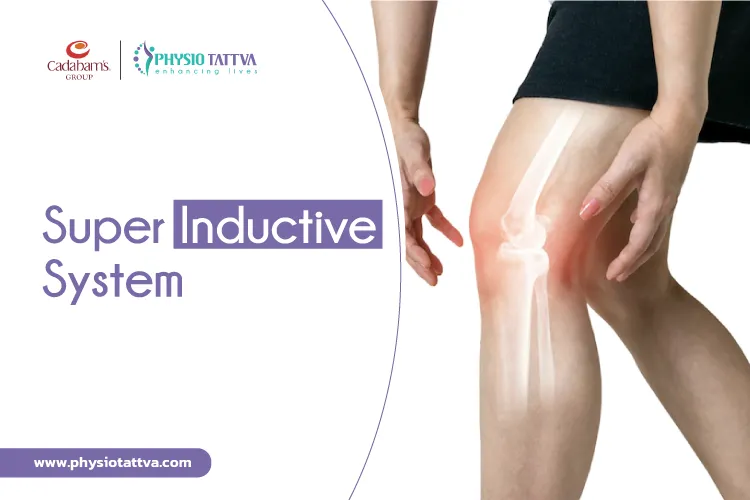

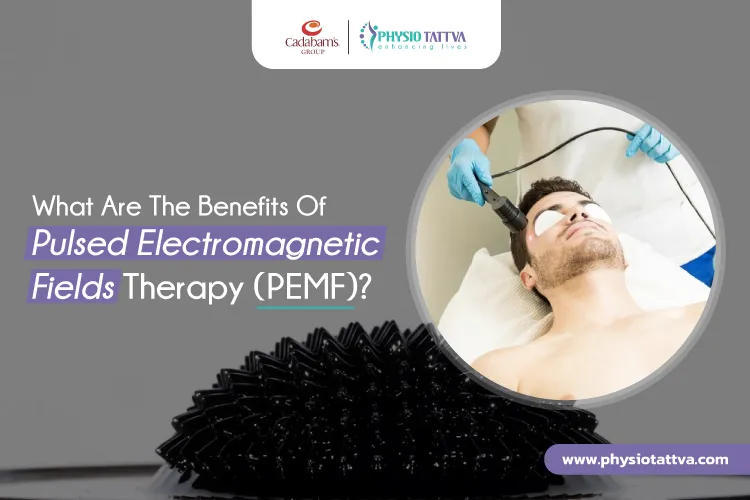

.webp)
.webp)


.webp)
.webp)

.webp)
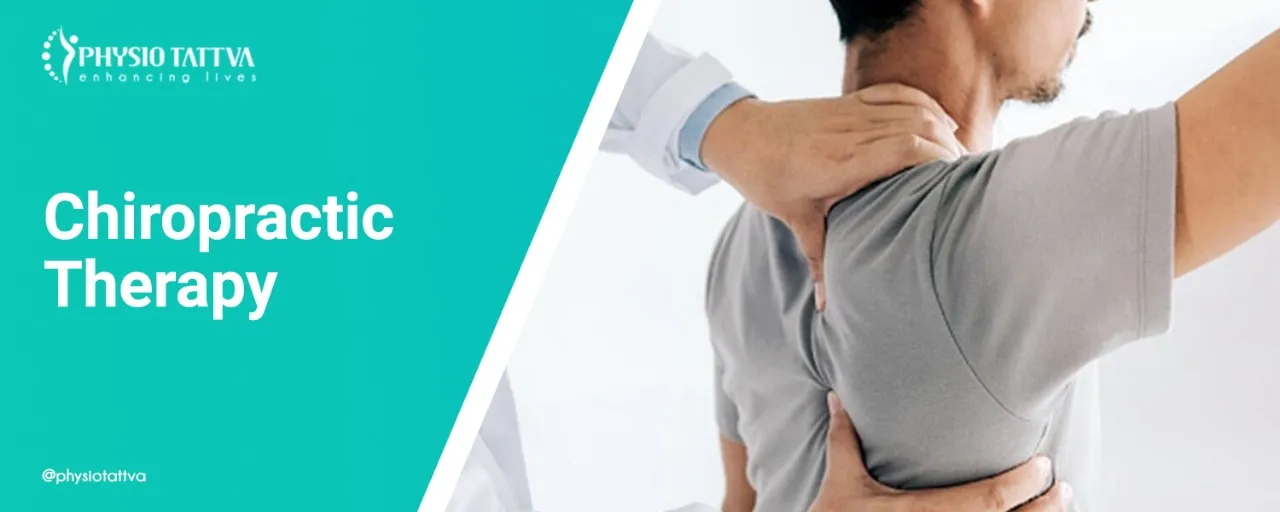
.webp)
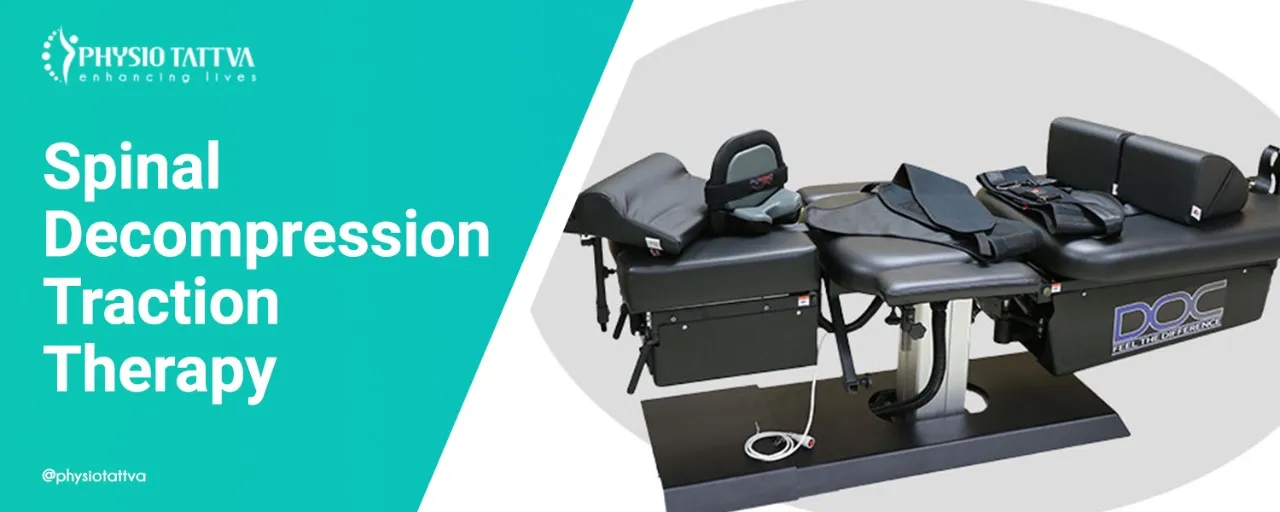
.webp)
.webp)
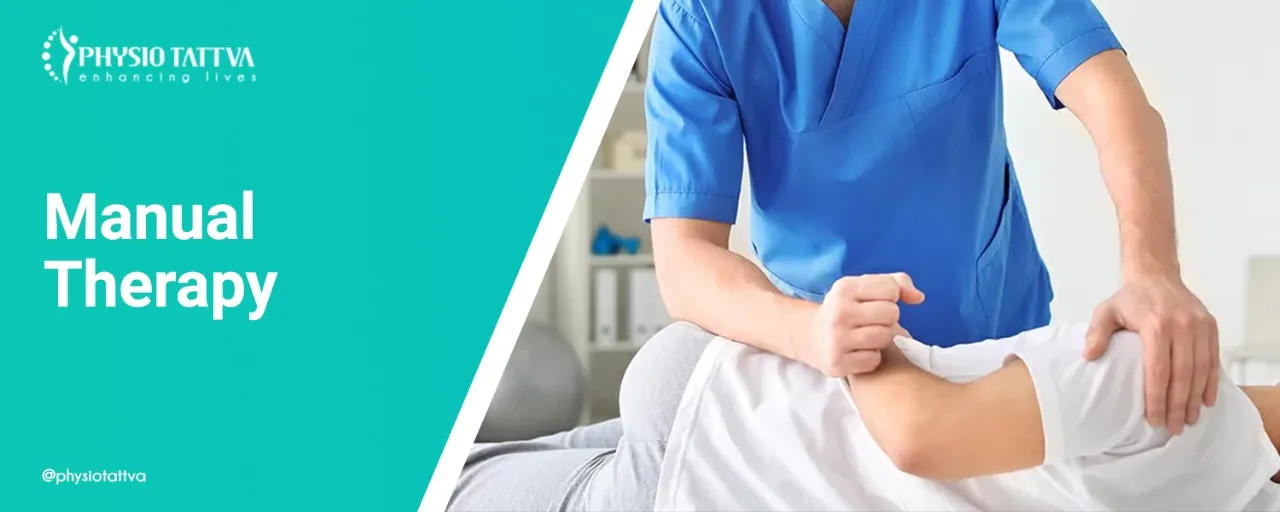
.webp)








.webp)
.webp)


.jpeg)

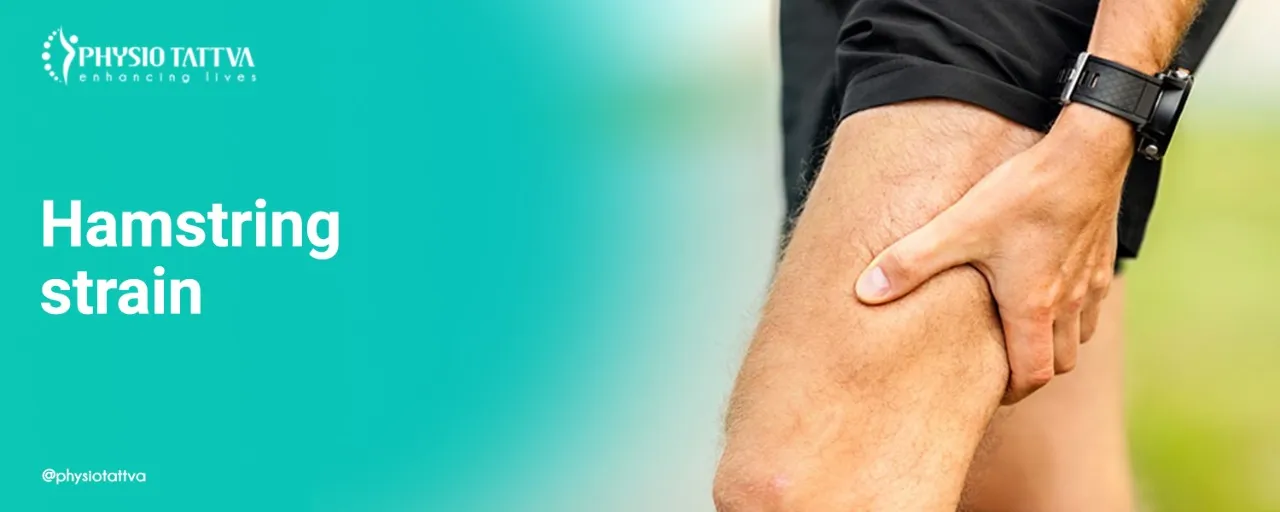

.webp)
.webp)

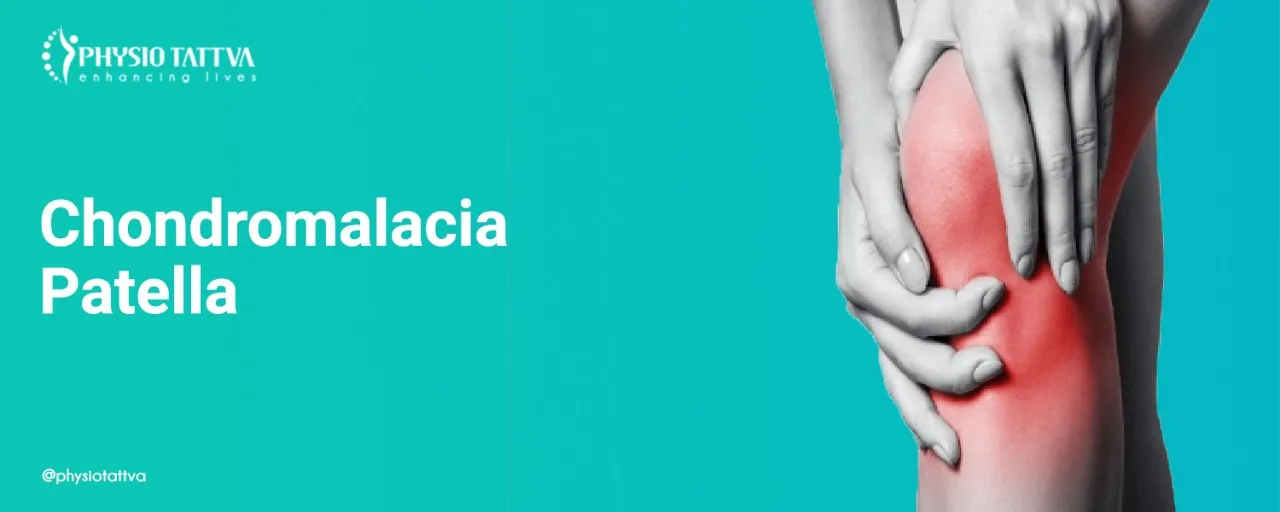


.webp)
.webp)

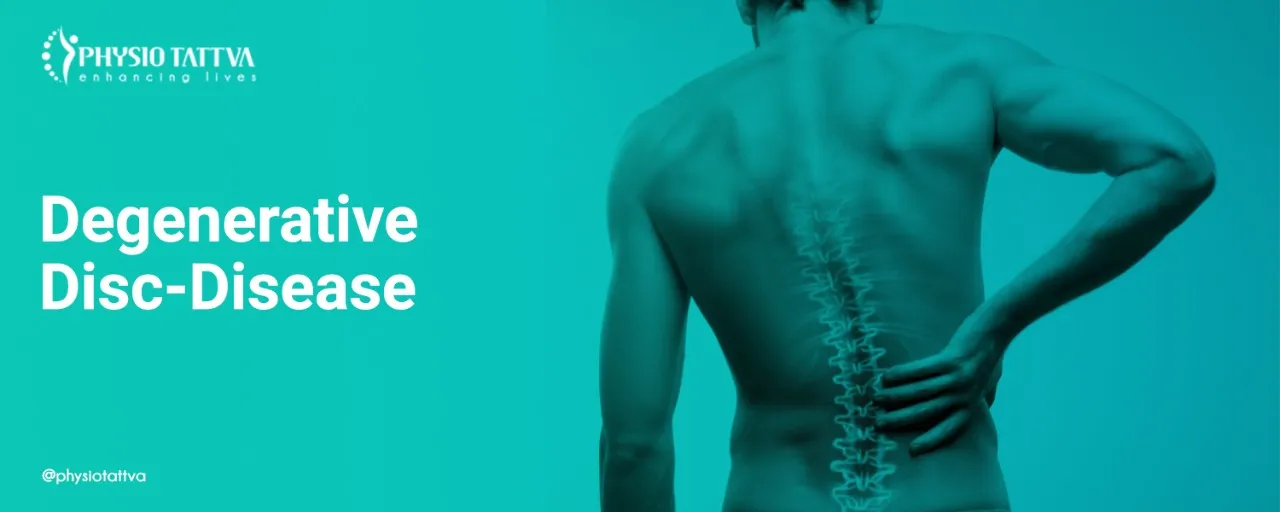










.png)





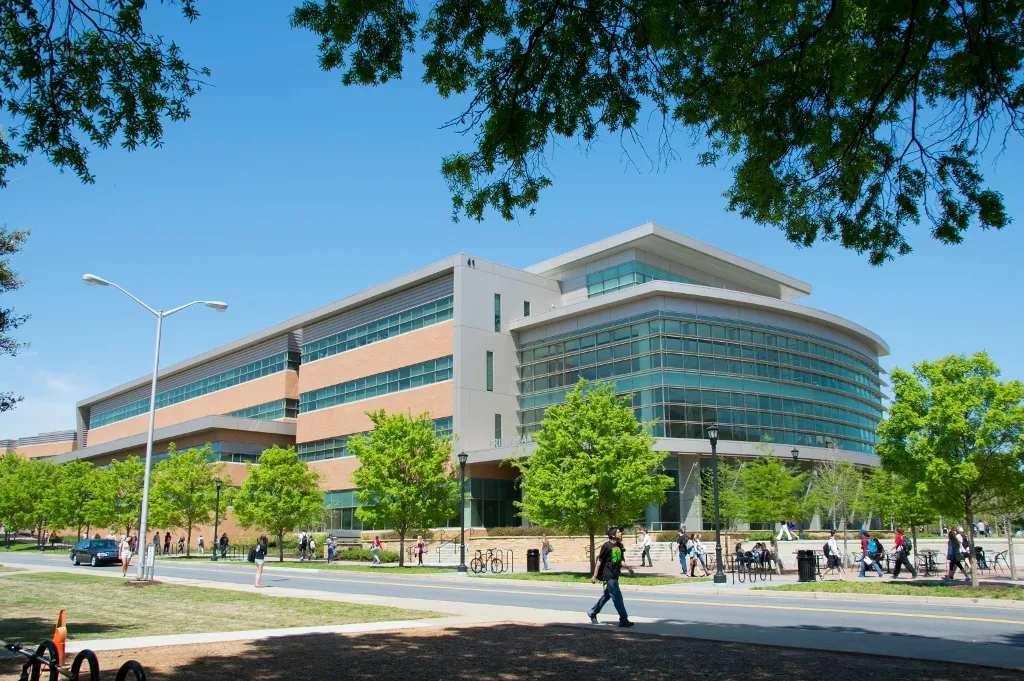



%20(1)-p-3200.jpeg)


.jpg)
.webp)
.webp)
.webp)



